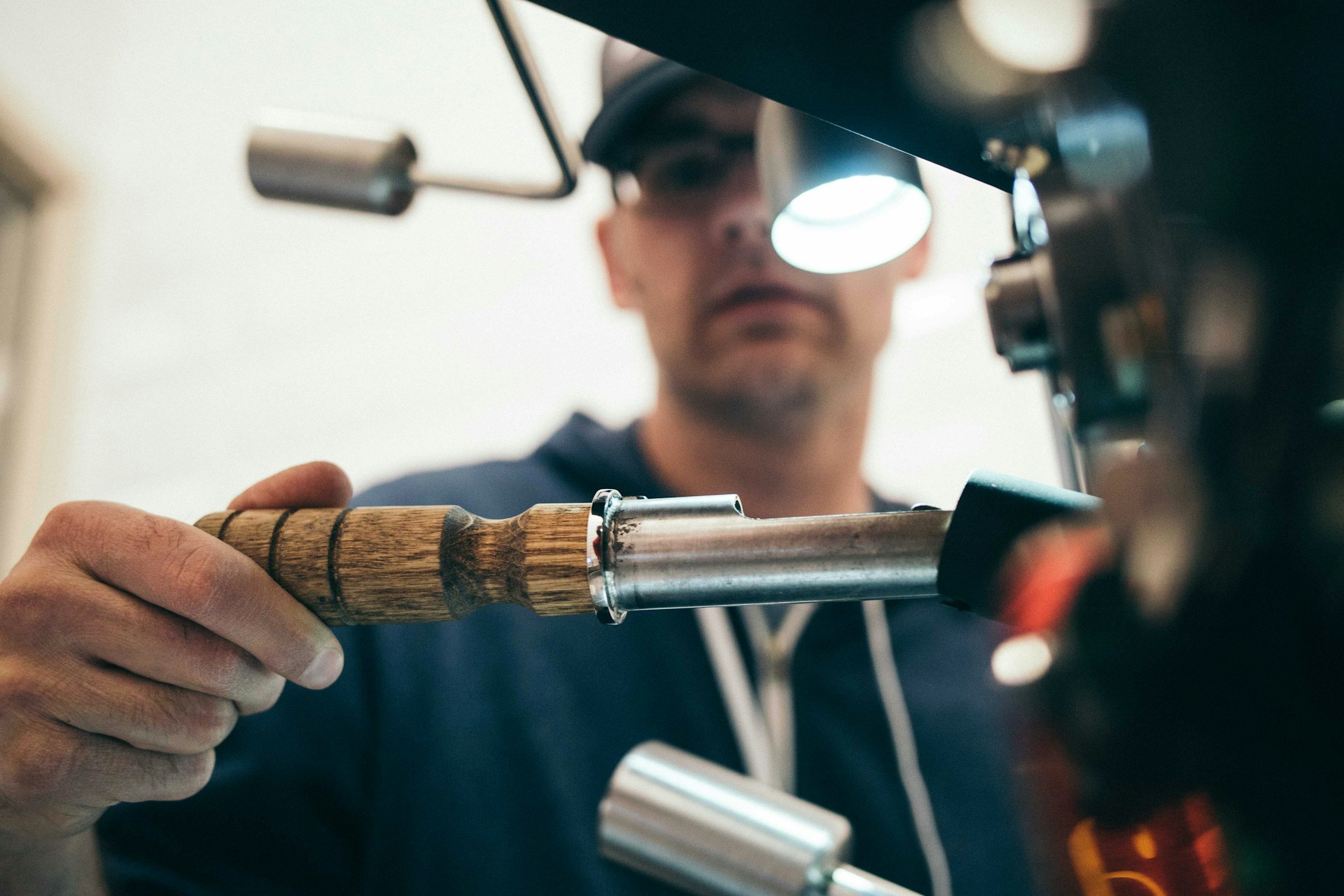Subsurface visibility has lagged far behind the progress we have made above ground. Combining ground-penetrating radar (GPR) with modern AI closes that gap, surfacing buried utilities, voids, and artifacts in near real time instead of waiting weeks for manual interpretation.
Program Snapshot
- Objective: faster, more accurate subsurface mapping for city infrastructure.
- Tools: vehicle-mounted GPR paired with convolutional and recurrent AI models.
- Outcome: CAD-ready deliverables before crews leave the work zone.
Turning Radargrams into Decisions
Raw radargrams are noisy by nature. We train convolutional and recurrent networks on curated datasets that blend:
- Controlled burial experiments with known targets.
- Historical surveys paired with validated ground truth.
- Synthetic data generated from electromagnetic simulations.
That mix yields models that classify targets by material, depth, and geometry as the survey vehicle rolls.
Project Results from the Field
During a recent metropolitan infrastructure upgrade, the AI-assisted workflow delivered:
- 3× faster field collection — three weeks of surveys compressed into two days.
- 95% detection accuracy on documented utilities, plus dozens of previously unmapped lines.
- Immediate CAD exports minutes after the crew wrapped each block.
- Fewer truck rolls thanks to real-time filtering of noisy returns.
Stakeholders went from waiting on a backlog of analysts to seeing actionable subsurface maps before leaving the site.
Beyond Utility Locates
Archaeological teams now lean on the same stack to spot subtle anomalies in heritage sites.
Federated learning lets them refine models locally, preserve culturally sensitive data, and share improvements without transferring raw scans.
What’s Next
The next stage is tighter integration with topside spatial AI.
Expect above- and below-ground assets to share a unified coordinate frame, complete with confidence scores and adaptive frequency sweeps that tune themselves to soil conditions. When that happens, GPR becomes a first-choice instrument—not a last resort.

Nina Patel
Senior Spatial AI Engineer at Heliox AI, specializing in SLAM technology and autonomous systems.

